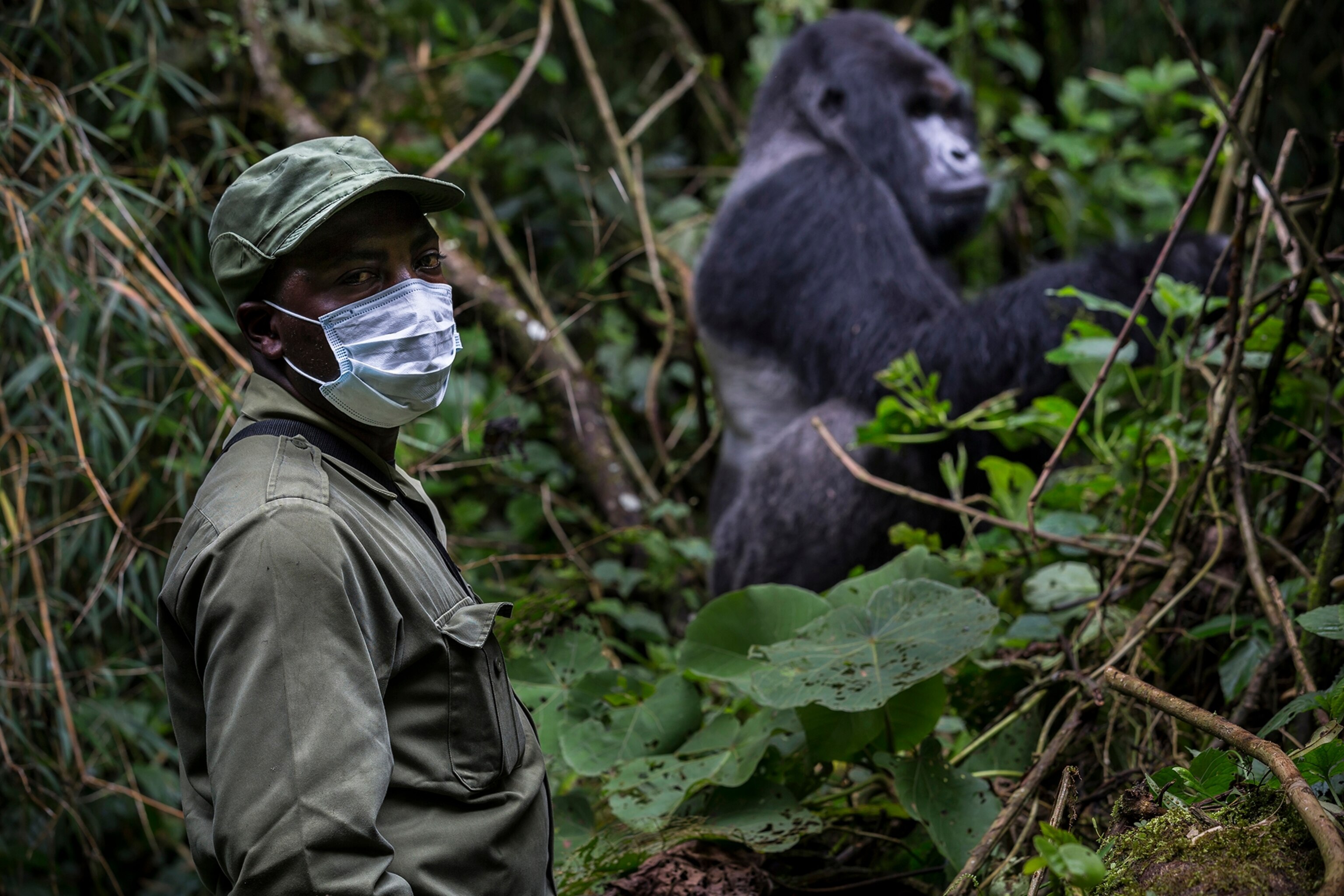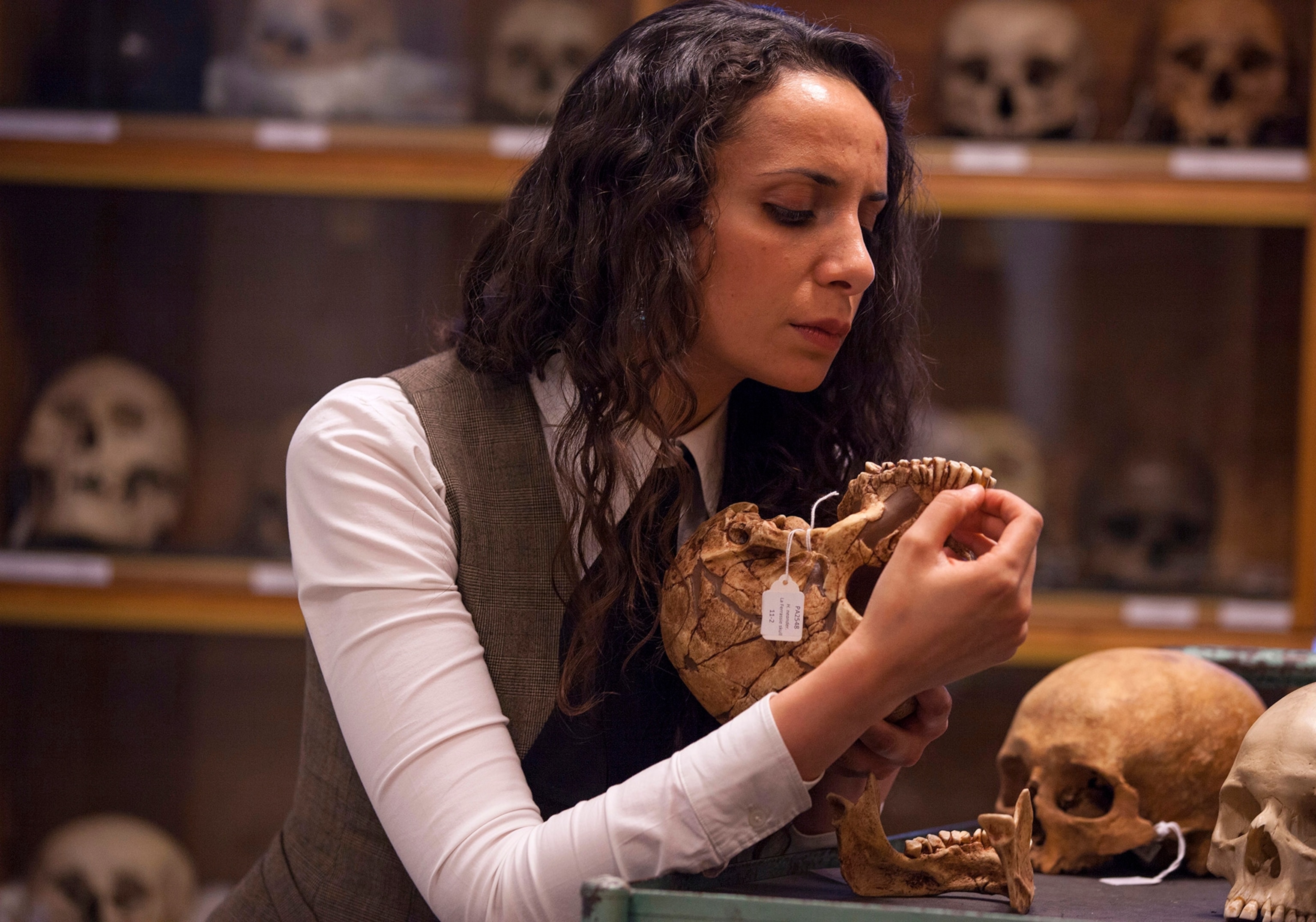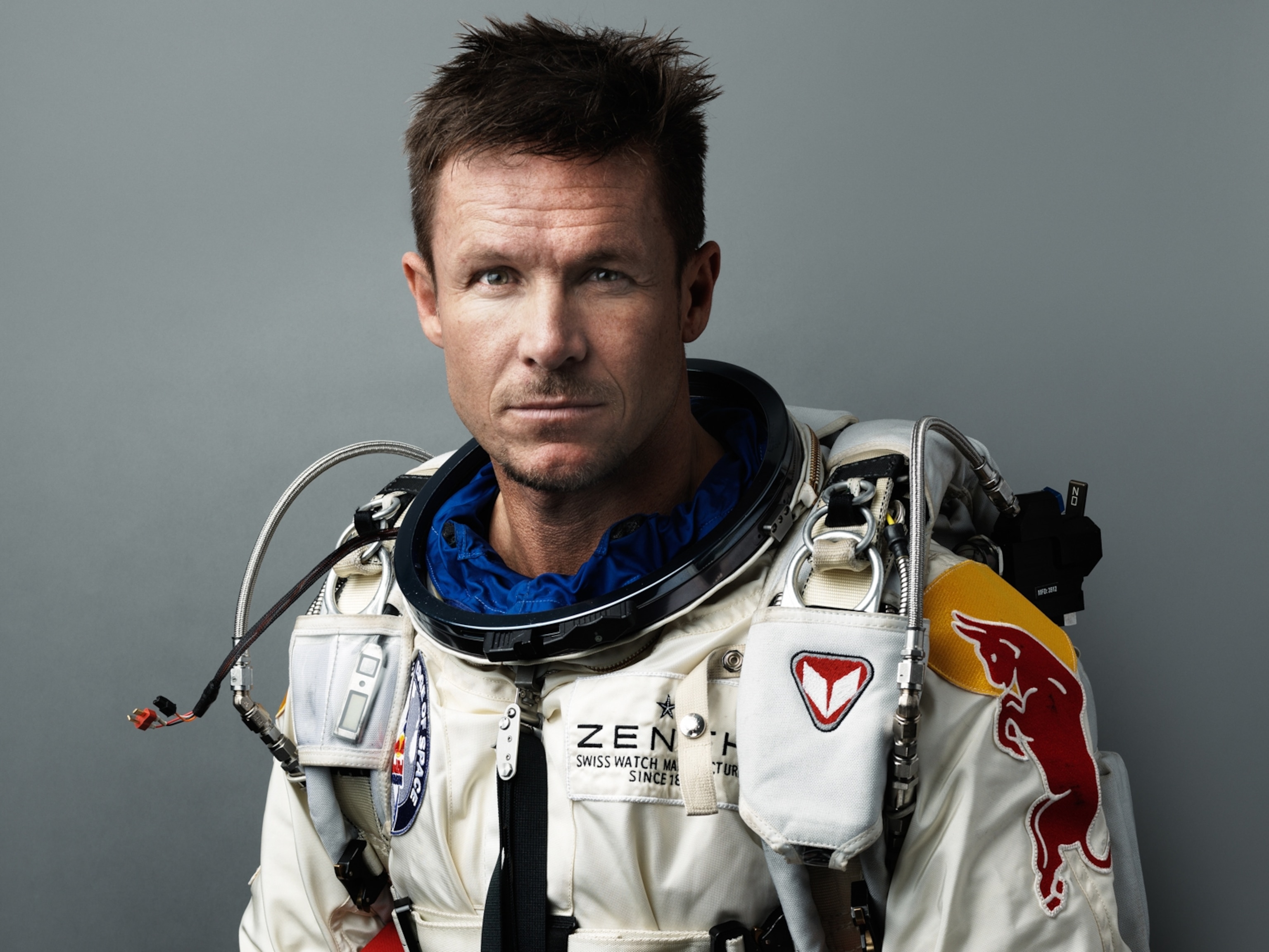National Geographic Identifies World's Emerging Explorers
Whether combating wildlife trafficking or inventing safer nuclear energy, these awardees share a passion for making a better world.
The word “explorer” may conjure images of Dr. Livingstone hacking his way through the African jungle or a mountaineer scaling K2 in the Himalaya.
But National Geographic's Emerging Explorers program, which identifies young trailblazers whose ideas are helping change the world, broadens the definition to include scientific and intellectual exploration as diverse as nuclear engineering and neuroscience.
On Tuesday, the National Geographic Society announced its 2015 class of emerging explorers, whose ranks include a paleoanthropologist who uses stand-up comedy to communicate her passion for Neanderthals and a warden in the Democratic Republic of the Congo’s Virunga National Park who puts his life on the line every day to save mountain gorillas.
Emerging explorers are chosen annually from virtually any field, ranging from the Society’s traditional arenas of anthropology, archaeology, photography, space exploration, and earth sciences to the worlds of technology, music and filmmaking. Each of the this year's 14 emerging explorers receives a $10,000 award to aid research and exploration.
“Our emerging explorers are inspiring young visionaries who are looking at ways to remedy global problems and are undertaking innovative research and exploration,” said Terry Garcia, National Geographic’s chief science and exploration officer. "They will help lead a new age of discovery."
Individual Stories
Take biophysicist Manu Prakash. Born in India, he now heads a lab at Stanford that specializes in what he calls “frugal science,” designing inexpensive laboratory instruments that can spread science and medical opportunity around the world. The Foldscope, a microscope he and his team created using origami, has already been distributed in 130 countries and not only encourages kids and adults to be curious about the invisible microscopic world, but also helps diagnose disease in resource poor settings.
Sharks are extremely charismatic and sexy. I call sharks the gateway drug to ocean science.Jessica Cramp, Emerging Explorer
A passion to make the world a better place also drives nuclear engineer Leslie Dewan, another new emerging explorer. Her work on molten salt nuclear reactors is opening new, safer possibilities for nuclear energy and the elimination of radioactive waste. “At the most fundamental level I’m an environmentalist,” she says. “I’m doing this because I think nuclear power is the best way of producing large amounts of carbon free electricity.”
Emerging explorer Topher White is a software engineer who has devised a method of protecting rainforests by using discarded cell phones to detect the sounds of chainsaws and trucks used by illegal loggers. He is currently in Brazil, helping the Tembe people of the Amazon rainforest protect their land and way of life.
Daniel Streicker, also in the new class, is an infectious disease ecologist at the University of Glasgow, Scotland, who treks through Peruvian forests to study vampire bats and the cross-species transmission of disease, which may one day help us anticipate and prevent the next global pandemic.
Adventure—and Danger
Adventure, and sometimes danger, go with the territory for several new emerging explorers. An encounter with a Pacific reef shark triggered Jessica Cramp’s interest in pelagic fish and—after giving up a secure, well paid job—she settled in the remote Cook Islands, where she helped create one of the world’s largest shark sanctuaries.
“Sharks are extremely charismatic and sexy,” she says. “I call sharks the gateway drug to ocean science.”
For her work preventing wildlife trafficking, Onkuri Majumdar, managing director of Freeland India, went undercover with Thailand's police force for a sting operation targeting the Bangkok wildlife market. Equipped with a concealed camera, she posed as a buyer to entrap vendors selling illegal wildlife for the pet trade. “I love nature because it constantly drives home to me that we are part of something so much bigger than us,” she says. “To have something so big and thrilling destroyed because of the greed of few people is outrageous.”

Fighting greed and wildlife trafficking places emerging explorer Innocent Mburanumwe, a warden at Virunga National Park, in even greater danger. One hundred and forty of his fellow rangers have already been killed in the line of duty. Mburanumwe has been attacked twice and has seen one of his bodyguards murdered. “I don’t want to lose one single gorilla," he says, "because they are the last in the world."
For her work on Neanderthals in Yemen and other disputed territories, Ella Al-Shamahi, a London-based paleoanthropologist, also needs armed protection—and a burka. But she still looks on the bright side. When not in the field, she is a stand-up comedian, using humor to communicate her passion for Neanderthals.
“Every story coming out of Yemen is so miserable,” she says. “And if I can help in my tiny little way to create a different story and maybe make people laugh while I’m doing it, then I will have hit the jackpot.”
War and Mind-Altering Microbes
War shaped two of the new emerging explorers. Syrian-born archaeologist Salam Al Kuntar came to the United States to escape the conflict in her home country. Now a research scholar at the Institute for the Study of the Ancient World at New York University, she helps document the destruction and looting of cultural sites by groups like ISIS and to coordinate the emergency preservation of monuments.
“We cannot stand by and let these monuments that have survived for thousands of years be destroyed,” she says. “Cultural heritage is a human right.”

As a child in war-torn Sierra Leone in the 1990s, emerging explorer David Moinina Sengeh saw the devastating effects of conflict, especially on children. The experience inspired him to address the issue of amputees. As a biomedical engineer at MIT, he works on designing better, more wearable prosthetic sockets to help amputees live a fuller life.
Every story coming out of Yemen is so miserable. If I can help in my tiny little way to create a different story and maybe make people laugh while I’m doing it, then I will have hit the jackpot.Ella Al-Shamahi, Emerging Explorer
Other new emerging explorers also hail from MIT. Caleb Harper, a specialist in urban agriculture at MIT, may be helping to reinvent how farmers will grow tomorrow’s food by pioneering the development of aeroponic farms in urban environments.
Next door, at MIT’s Brain and Cognitive Sciences department, Steve Ramirez is researching memory. Can scientists manipulate consciousness by implanting or erasing memories? Can we replace a bad memory with a good one? “For me, it’s never a matter of, can I do something," he says. "It’s a matter of, how can I get it done?”
It's an attitude shared by emerging explorer Elaine Hsiao, a biologist at the California Institute of Technology who is researching what she calls “mind-altering microbes”—the bugs that inhabit our gut and could, she believes, affect neurological disorders such as autism and depression.
Skylar Tibbits, a materials architect at MIT’s Self Assembly Lab is taking getting it done to a new level, working with 4-D printing to create objects that can assemble and transform themselves. “Every day we try to invent something new,” says the emerging explorer, “to go beyond what we know is possible.”
The announcement of the 2015 emerging explorers kicks off National Geographic’s Explorers Week. Learn more about our emerging explorers.
Simon Worrall curates National Geographic's Book Talk series. Follow him on Twitter.







